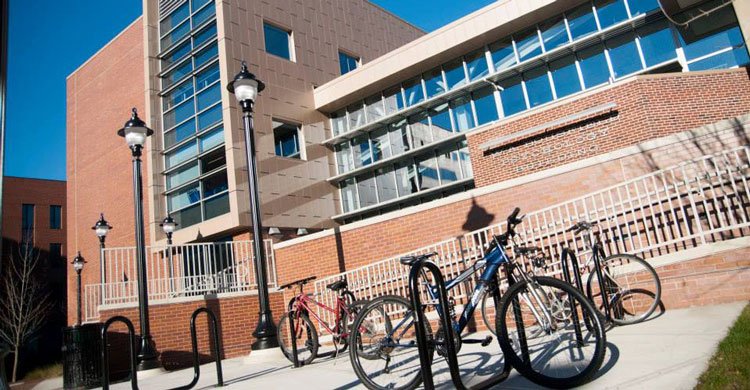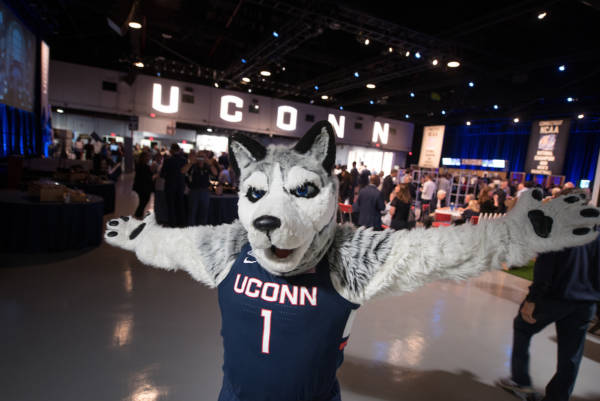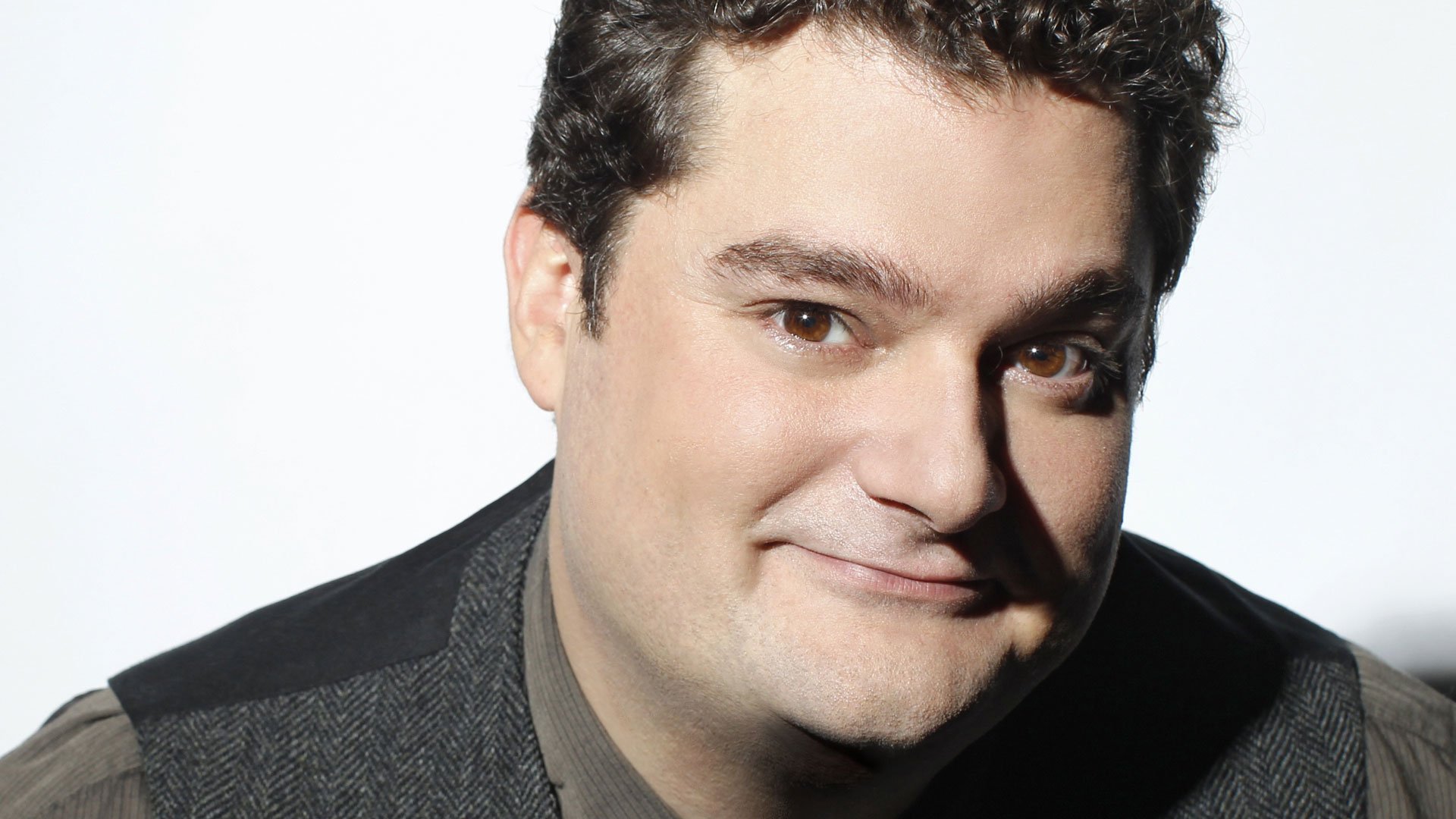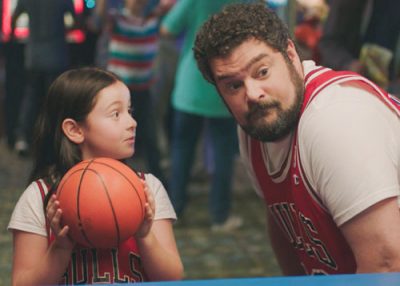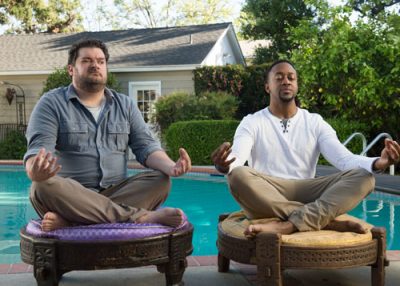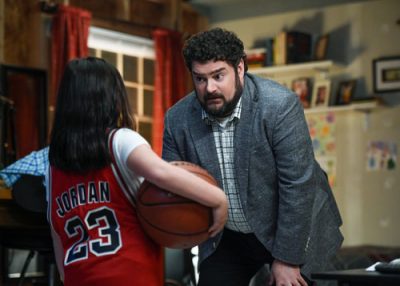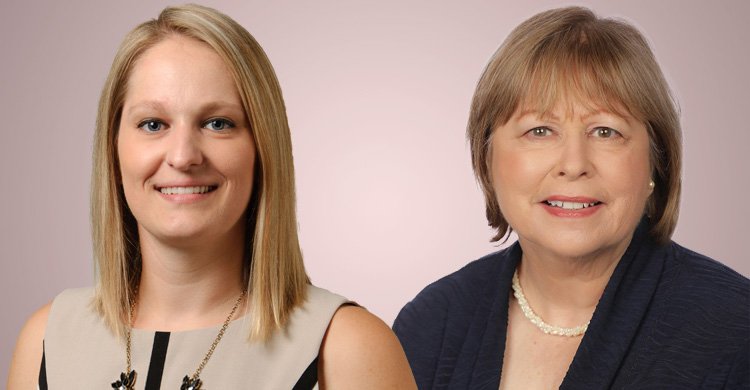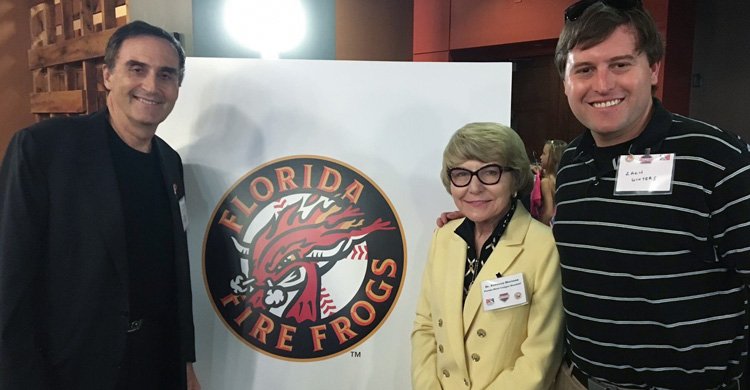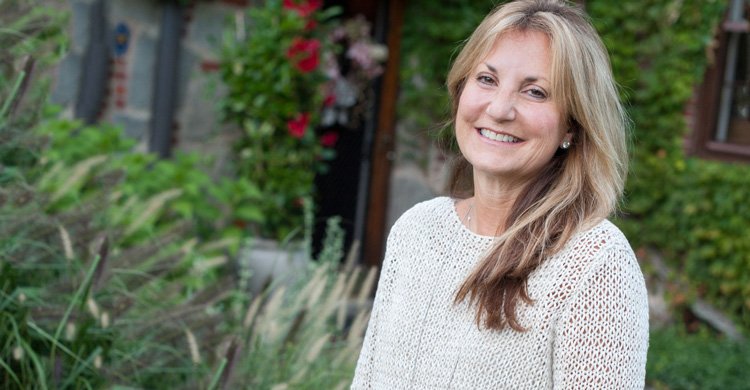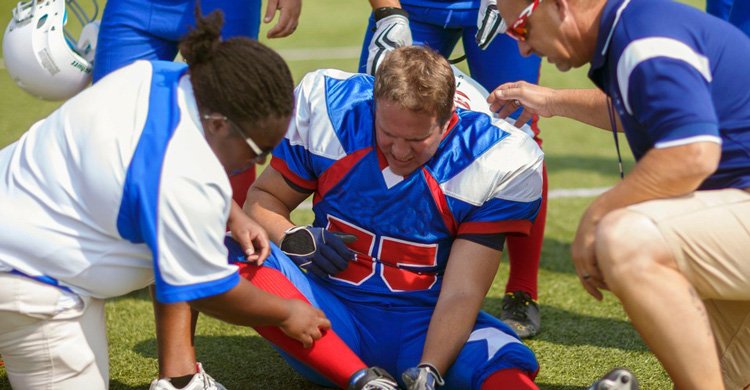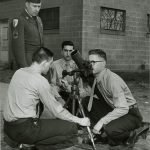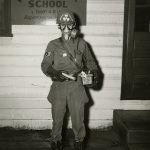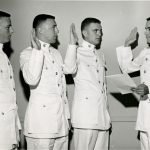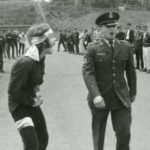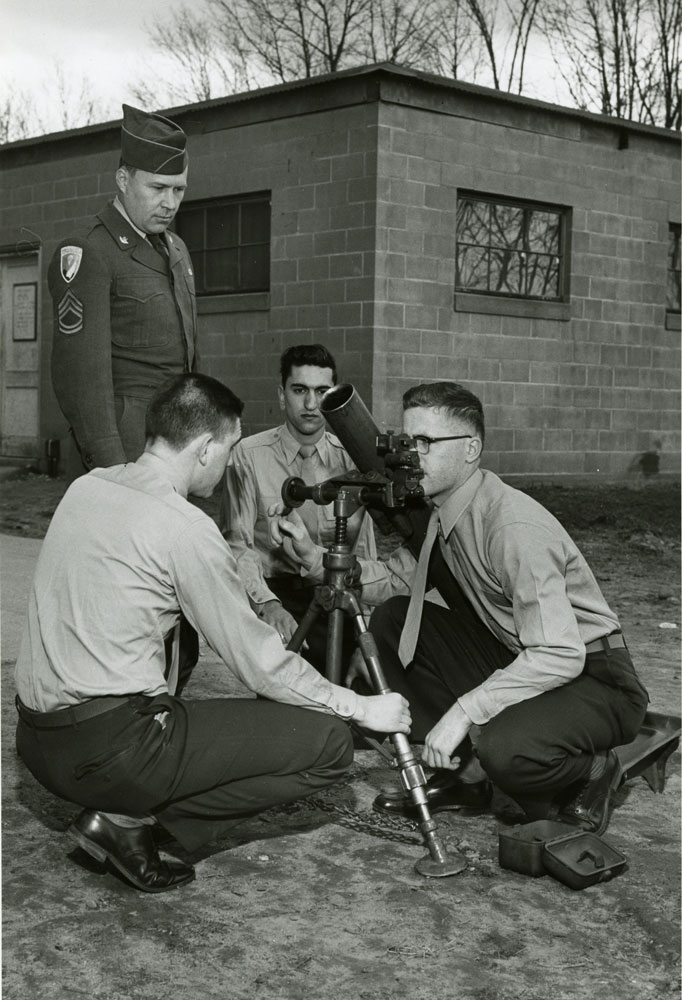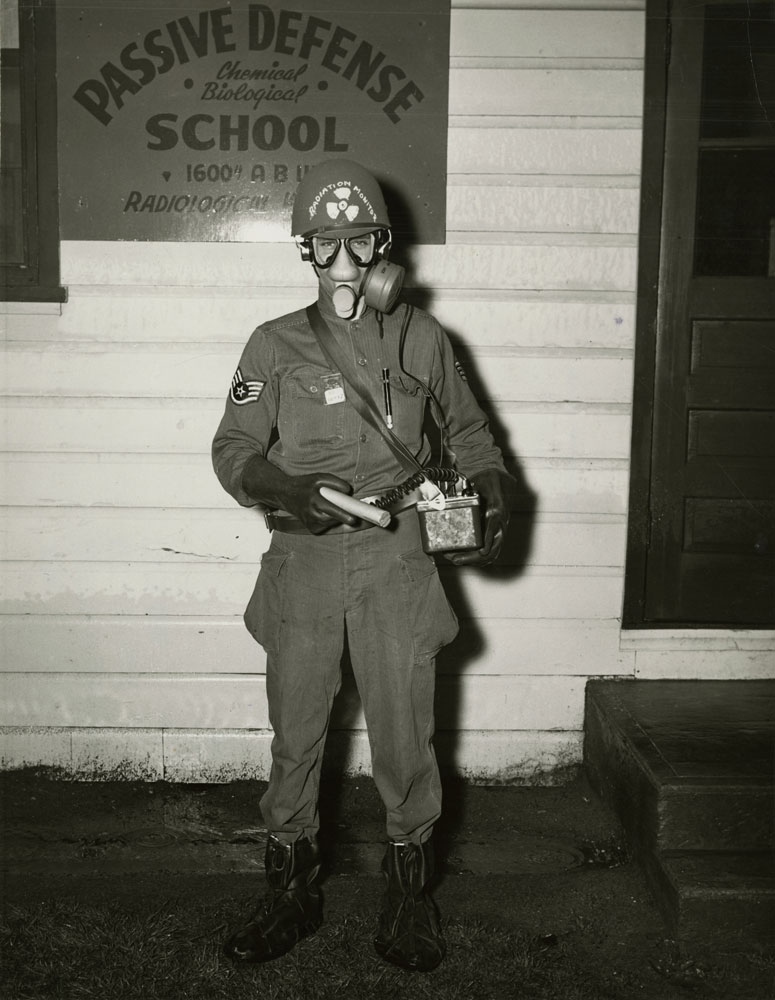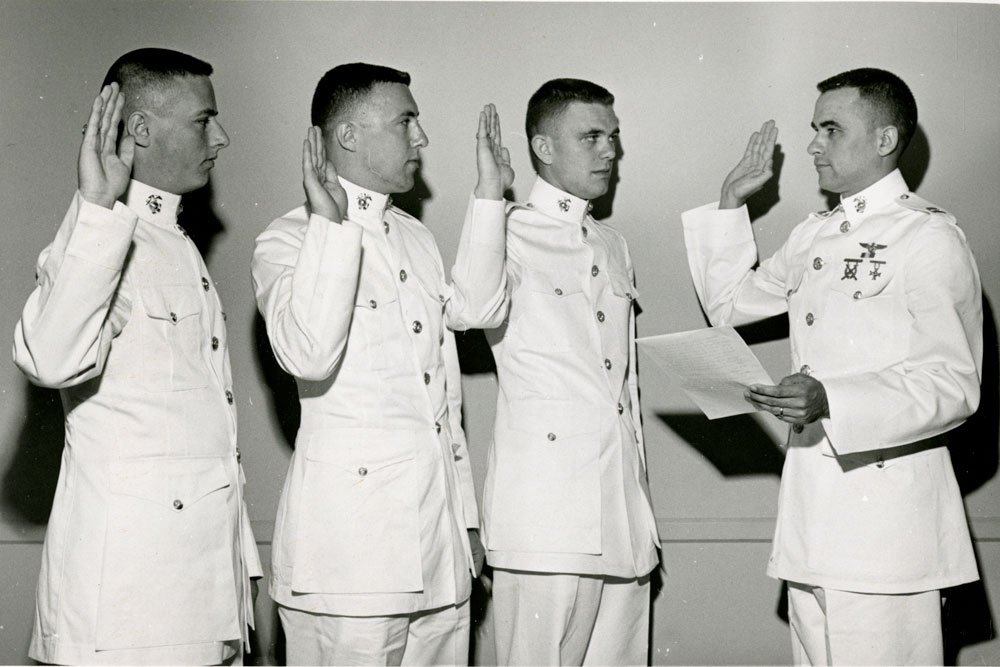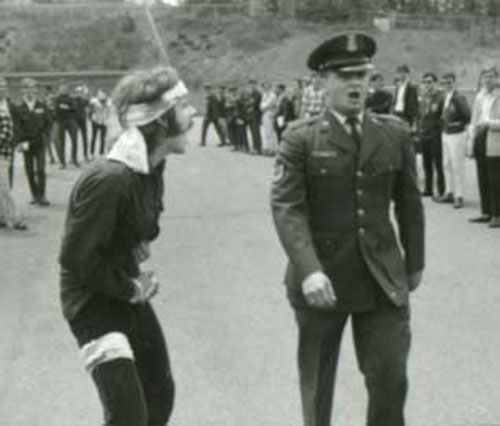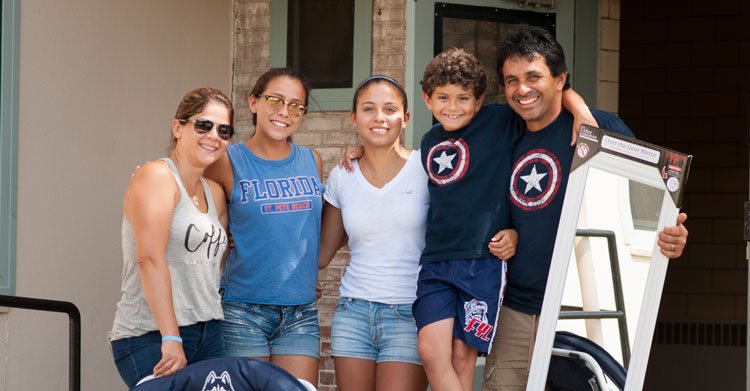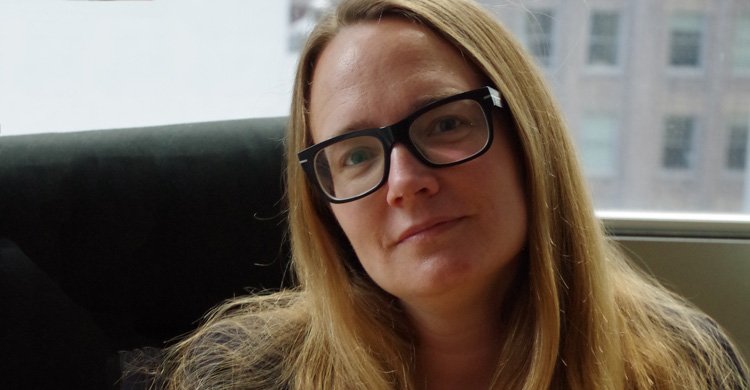One of the driving forces behind the new UConn Women and Philanthropy initiative is co-chair Melinda (Tishler) Brown ’77 (BUS), ’85 MBA.
Brown, a straight-talking, no-nonsense executive at Coach Inc., set fundraising goals and helped shape the group into a social network for like-minded women in 2016, its inaugural year.
The fledgling campaign just passed the one-year mark with great success. It met and surpassed its initial membership goal of 100 alums and supporters around the country to donate $500 each to establish a permanent scholarship. In fact, it lined up 104 donors and raised $137,030, including a matching gift from Brown.
As a result, the group will be able to award scholarships to 10 UConn freshman women this fall and establish an endowment.
Brown, a member of the UConn Foundation’s Board of Directors, is pleased with what has been accomplished to date, but is focused on how to convert the first year’s success to an expanding perpetuity that will support even more UConn women during the entirety of their undergraduate education.
If we women don’t take care of our own, who will?
– Melinda Brown
Year Two is focused on doubling membership, maintaining the active engagement of the Year One members, and growing the base of women committed to giving year after year. Brown hopes to see the number of members grow each year, pointing out that UConn has 50 years of female alums from which to draw. She feels an emotional commitment to the group’s mission and says it has been gratifying to see others react the same way.
“If we women don’t take care of our own, who will?” Brown said. “That’s what this is all about. This is women taking care of women.”
Eventually, the group hopes to broaden its scope beyond fundraising to also mentor and advocate for UConn women, from supporting undergraduates and endowing female faculty positions to recommending female graduation speakers.
Encouraging like-minded women to invest in UConn
The group regularly holds social events, such as UConn Women basketball pre-game receptions and cocktail parties, so members can not only expand their personal networks, but encourage like-minded women to invest in the future of UConn and its women.
“It’s provided a new venue for women to engage. It easily generates an emotional commitment that has an immediate and long-lasting impact,” Brown said
Marilda Gándara ’78 JD, the group’s other co-chair, said Brown is well-suited to steering the group forward.
“She’s dynamic, experienced, clear-thinking, and an excellent communicator. These are qualities we need to create a strategy that can generate a sustainable impact,” Gándara said. “She is focused on balancing the short term with a long-term investment that ultimately can deliver beyond fundraising.”
Brown was raised in Norwalk, the daughter of a local garment manufacturer. Her mother was a stay-at-home mom who worked briefly for an accountant and encouraged her daughter to follow a career path in accounting.
Brown graduated early from Norwalk High School and enrolled at UConn for the spring semester, simply due to expediency. She had thought she would ultimately transfer to another university, but in fact never did.
“I loved UConn,” she said. “Campus life was varied and easily tailored to what captivated you that week. Because it is such a large campus, even after four years, there were always new people to meet and engage with. I loved my whole experience.”
From PepsiCo to Coach
She began her career in public accounting, eventually landing at the Financial Accounting Standards Board. While working, she earned her MBA evenings at the UConn Stamford branch and spent nearly 30 years at PepsiCo, where she held various leadership roles, retiring as senior vice president of global shared services and productivity. In 2012, she joined Coach Inc., serving as senior vice president and corporate controller.
While she didn’t envision herself becoming successful top-level executive growing up, she is clearly aware that her career has been a critical enabler to her personal growth.
“Anybody should want to be in my shoes. And I really do mean that,” joked Brown, who is known for her collection of fabulous footwear.
Brown, has two adult children and a granddaughter. She splits her time between homes in Stamford, Conn. during the week and Madison, Conn. on the weekends. When she’s not working, she loves to be at the beach with friends and family.
Donate to the Women Transforming Women scholarship
Learn more about the Women and Philanthropy group
